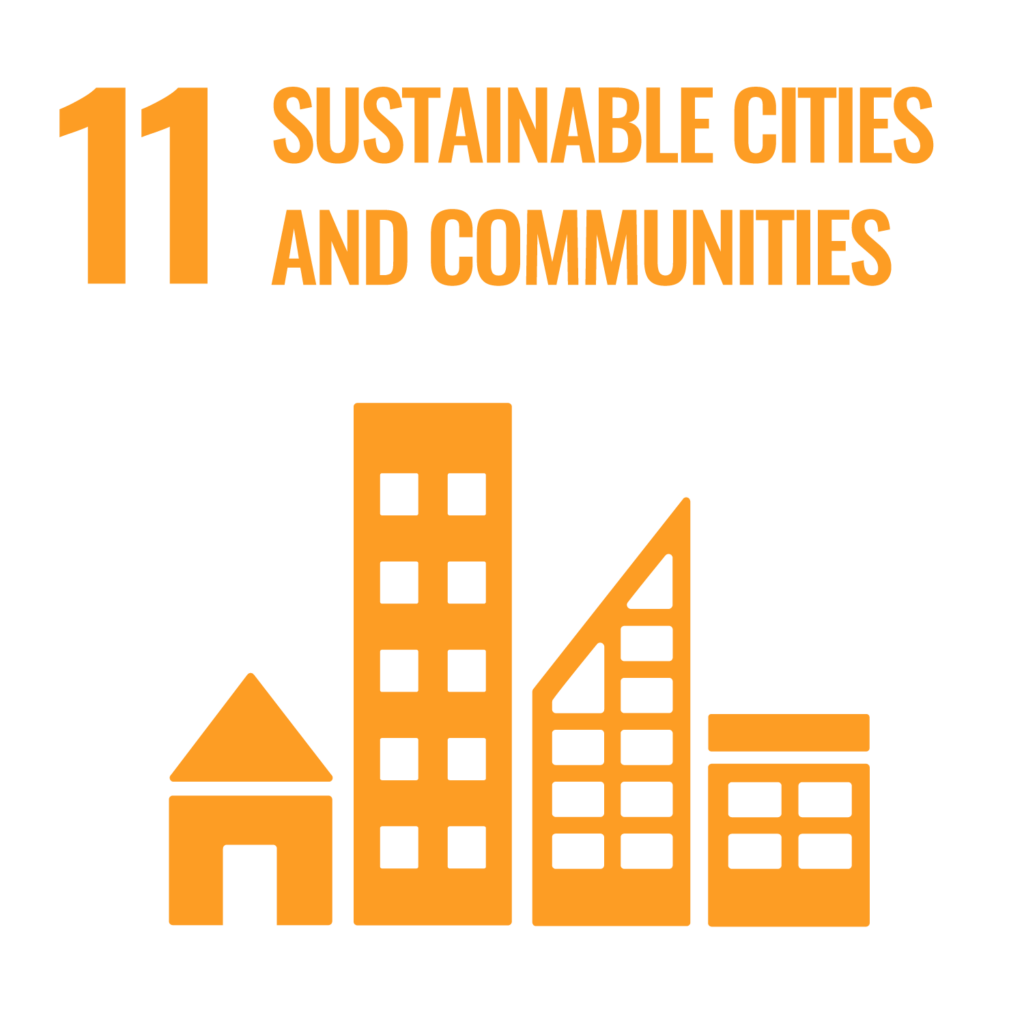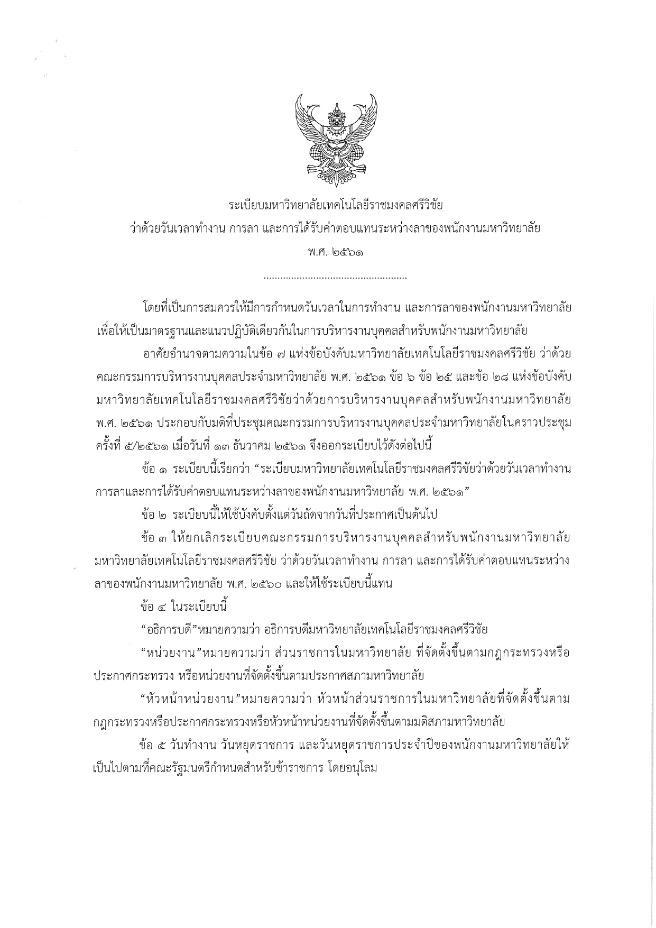Reporters: Dr. Jaray Suwannachart, Asst.Prof.Dr. Tachaya Sangkakool, Asst.Prof.Surawat Moogem and Tussawan Thong-on
Evidence Date: December 7, 2023
Related Indicators: 11.2.6
Details:
The Urban Studies and City Center, in collaboration with the Health Promotion Foundation (Thai Health Promotion Foundation) and the Faculty of Architecture at Rajamangala University of Technology Srivijaya, has initiated a new approach to developing a healthy city through the concept of Healthy City Co-Design. This participatory design framework involves multiple sectors and disciplines, aiming to create a healthy urban environment and enhance the quality of life for city residents.
The pilot project using this approach was launched in Hat Yai as the first city on August 3, 2022. A collaborative meeting was held to establish cooperation and mutual understanding with the Hat Yai Municipality and representatives from civil society organizations, specifically the Klong Toey Link Group, at the Education Department meeting room of the Hat Yai Municipality. The meeting included various stakeholders, such as the working team from the Hat Yai Municipality, civil society representatives from Hat Yai, the Director of the Urban Studies and City Center, the community health promotion support team from the Thai Health Promotion Foundation, and faculty members from the Faculty of Architecture at Rajamangala University of Technology Srivijaya.
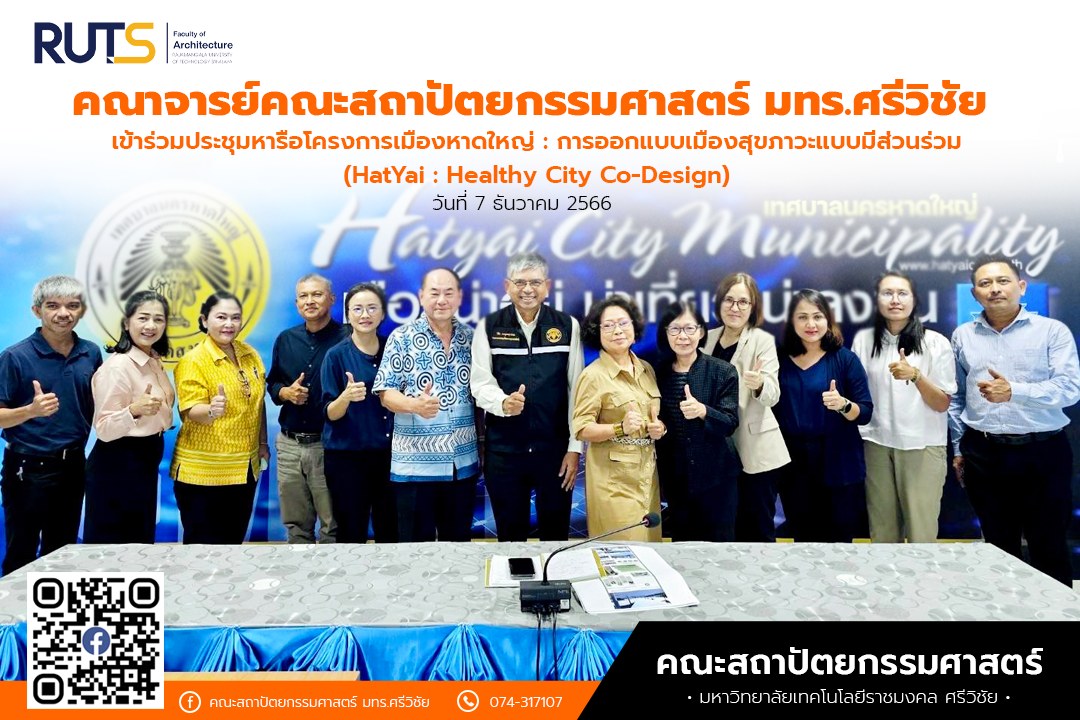
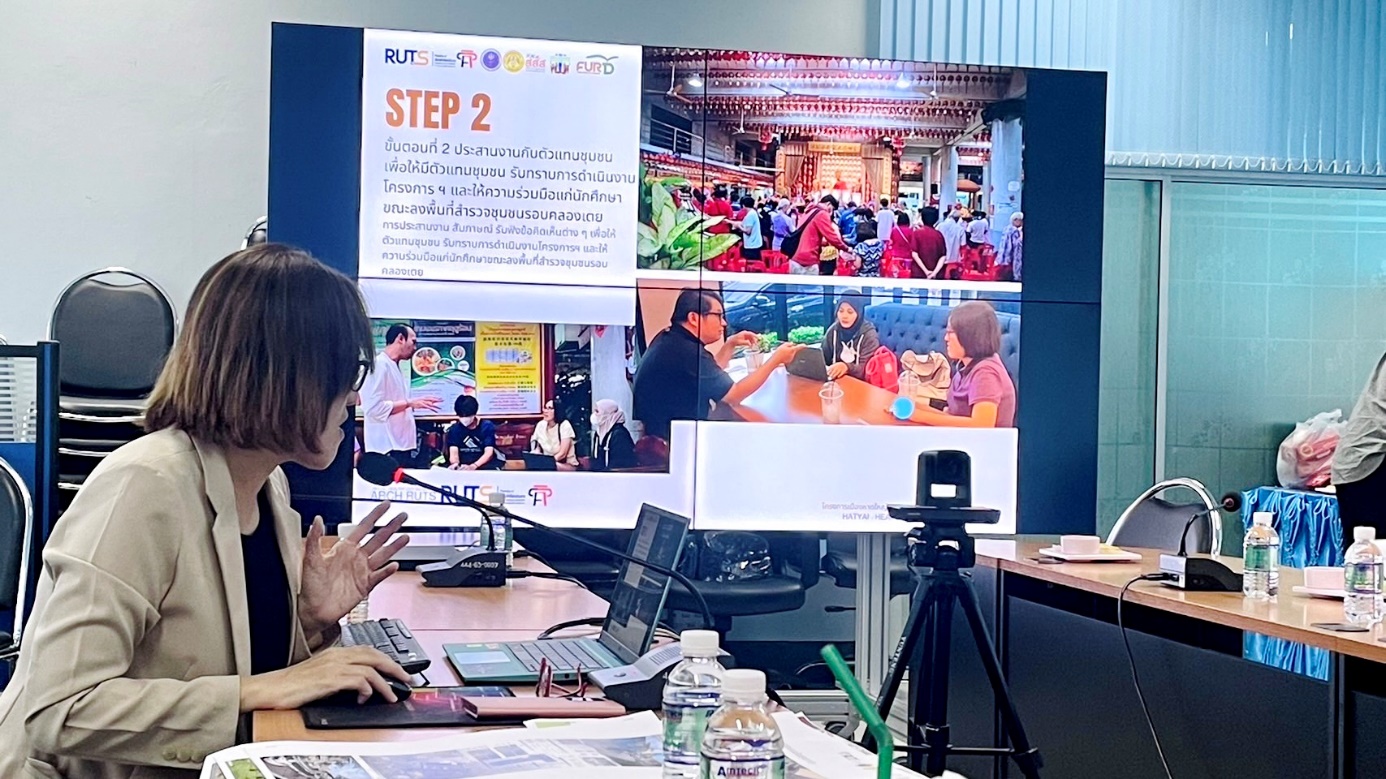
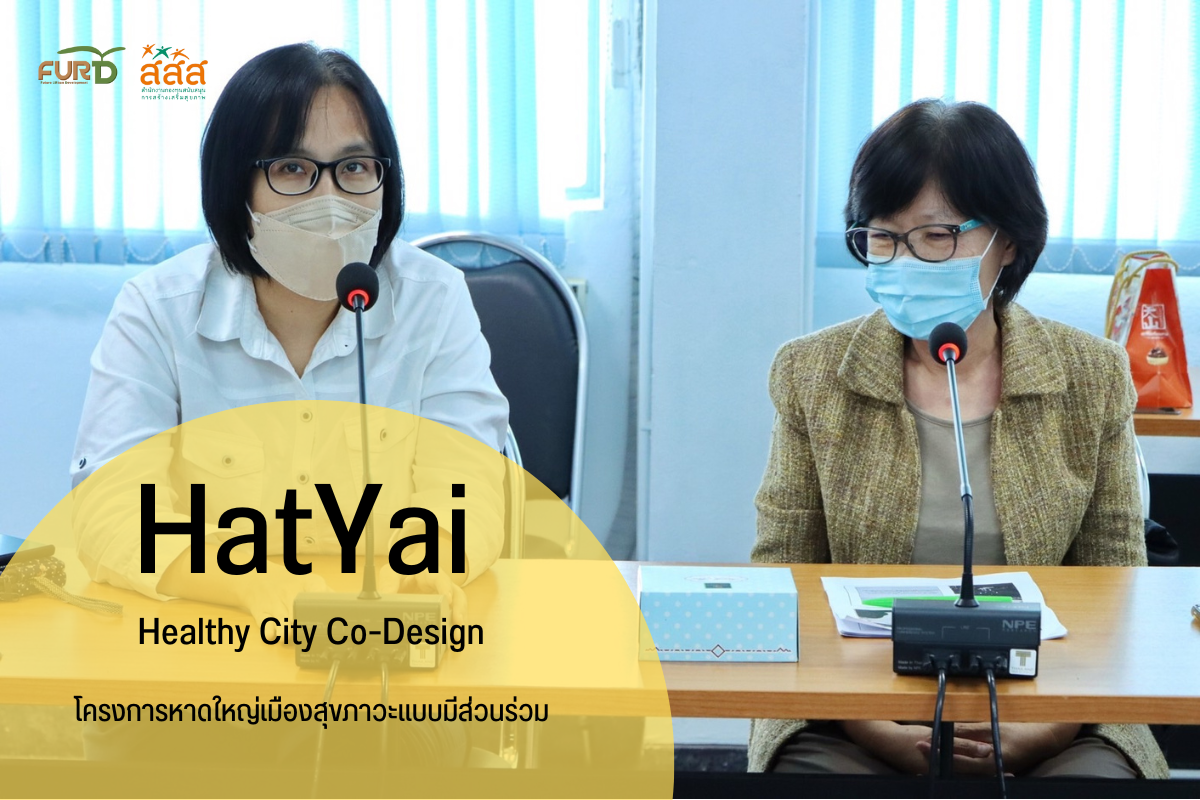
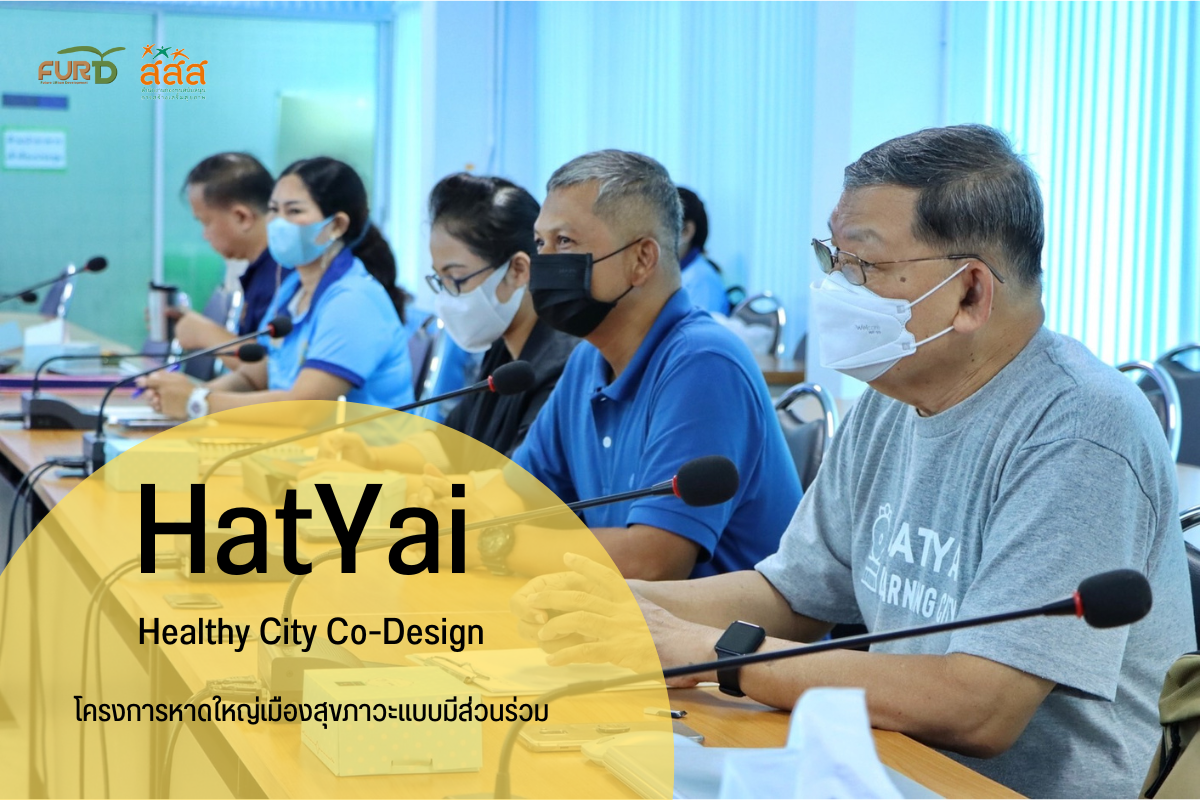
Dr. Yuwadee Khadnganklai, the Director of the Urban Studies and City Center, presented the principles of Healthy City Co-Design, emphasizing the importance of multi-sector collaboration among local communities, universities, private sectors, and civil society in sharing resources and designing a healthy city. This approach focuses on four key areas such as Healthy Society Healthy Economy
Healthy Mind and Body and Healthy Environments.
Assistant Professor Chila Kaewprak, from the Faculty of Architecture at Rajamangala University of Technology Srivijaya, added that the distinctive feature of this working process involves grouping participants into teams of 5 to 7, each consisting of municipal officials, community representatives, and students working together to design a healthy city. The designated area for design includes Klong Toey and the surrounding communities in Hat Yai.
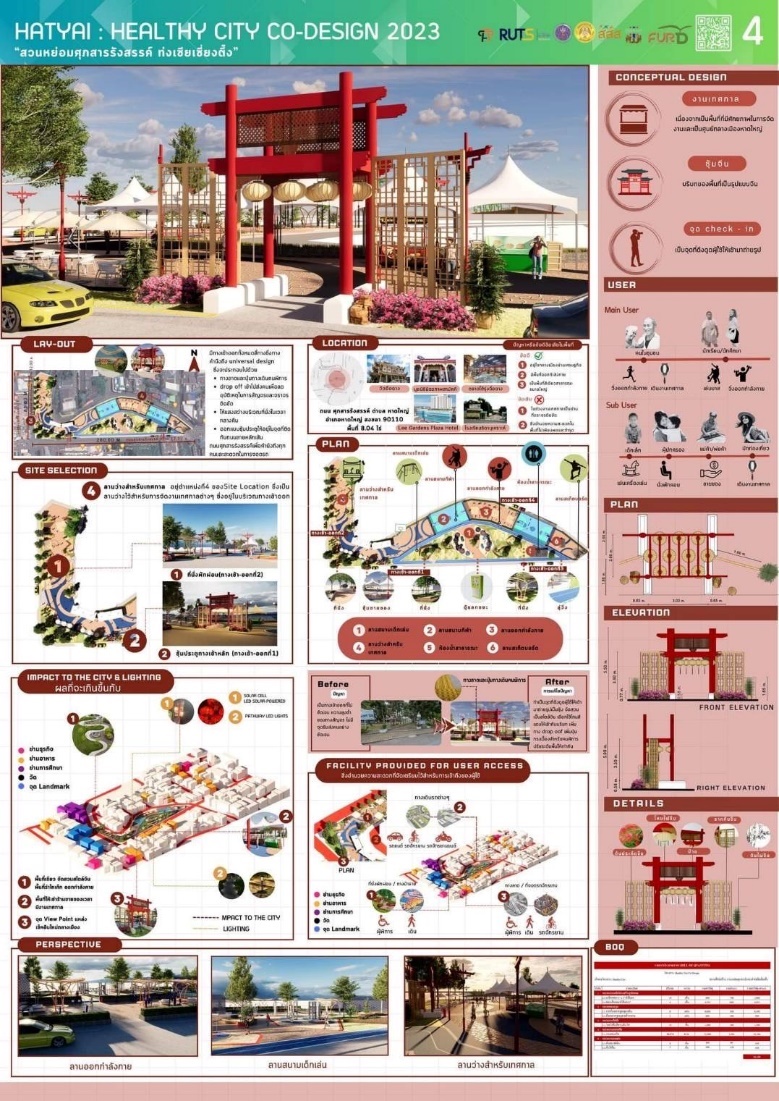
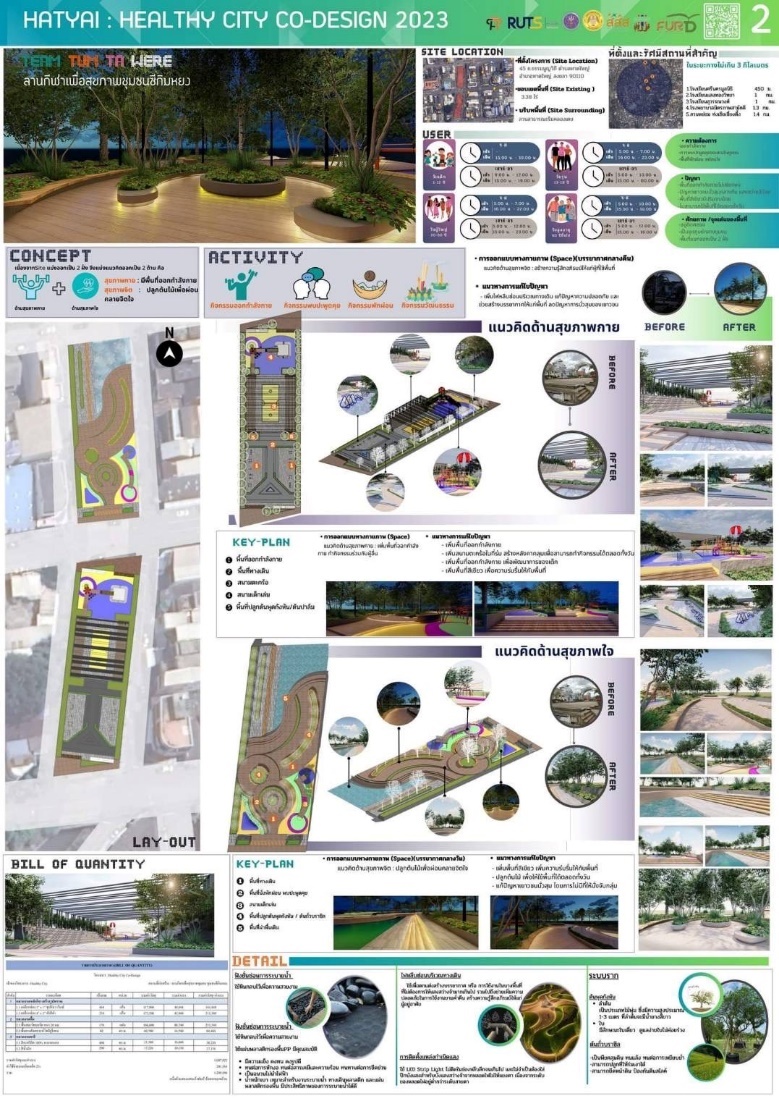
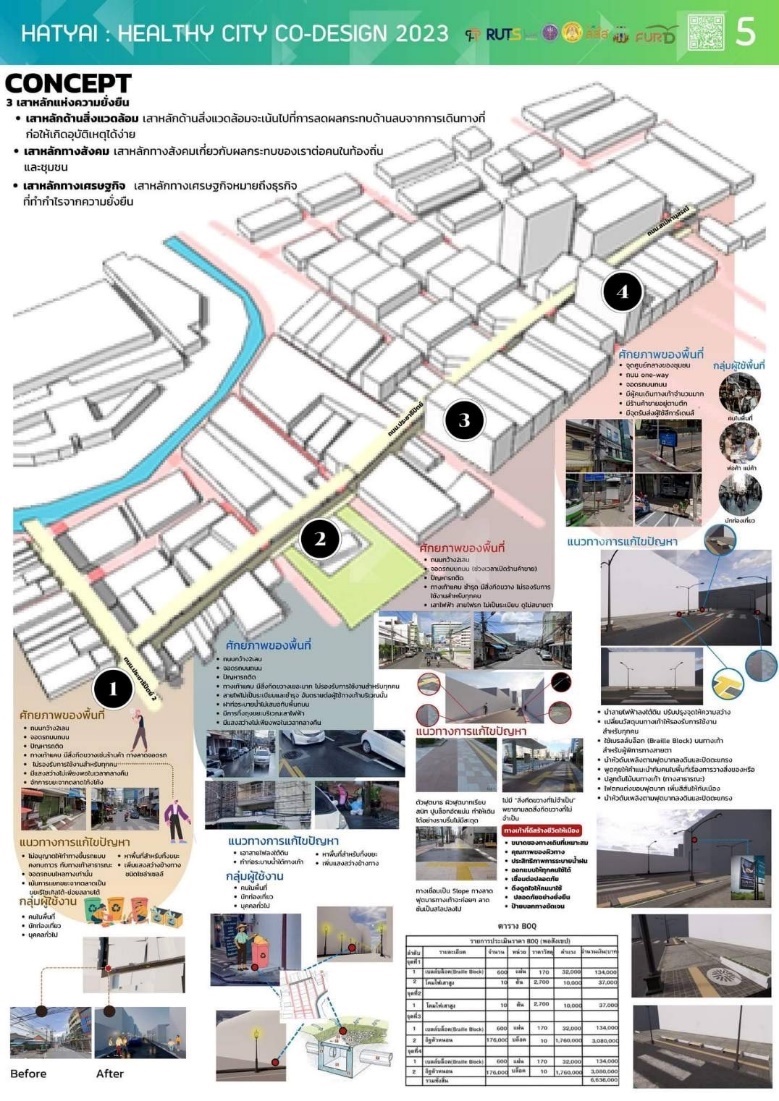
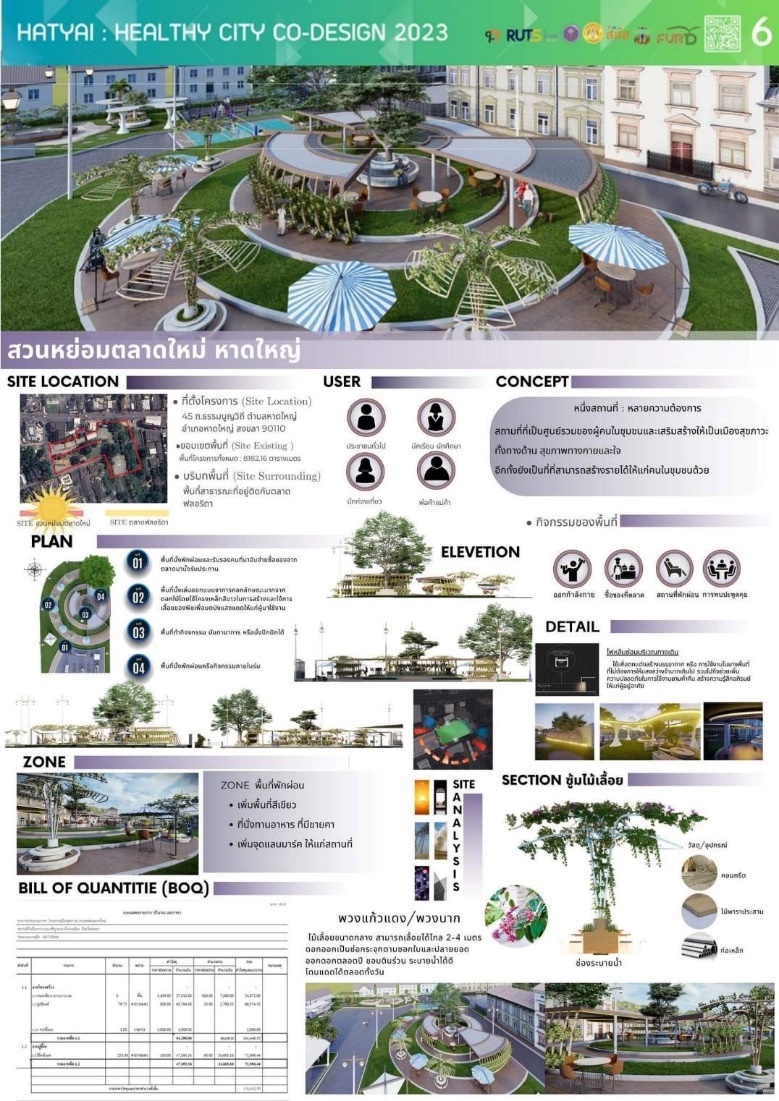
The process begins with group fieldwork to assess the local conditions, followed by collaborative conceptual and schematic design sessions aimed at creating a healthy urban environment. The teams then select outstanding designs to identify new models and approaches for promoting community health that are suitable for urban settings. This entire process serves as a learning experience to cultivate a new generation of active learners, fostering collaboration between universities, local communities, and municipal authorities.
The initial meeting to understand the project “Hat Yai: A Participatory Healthy City” involved all parties expressing their expectations to develop Hat Yai into a model healthy city. Everyone is committed to collaborating on this effort, and there is a strong hope that the co-design process among various stakeholders will contribute to improving the quality of life for the residents of Hat Yai. In conclusion, all the work presented is the result of students who have engaged in the process, conducted field studies, and actively participated in the design efforts.
Related Links:

